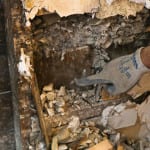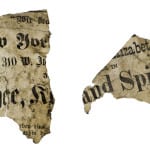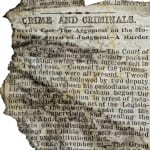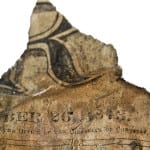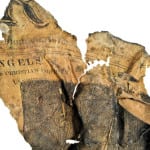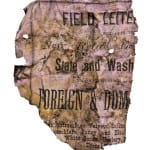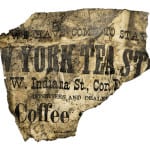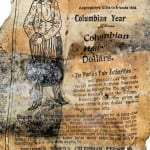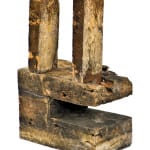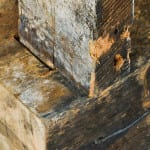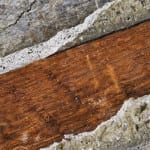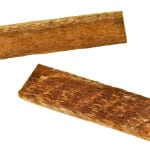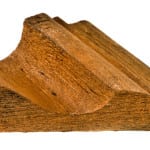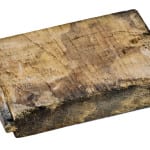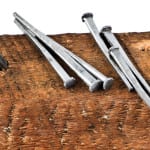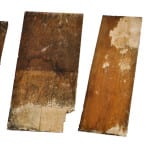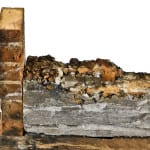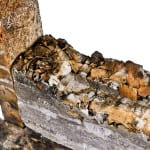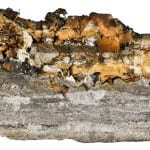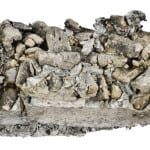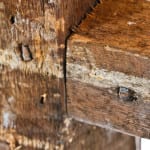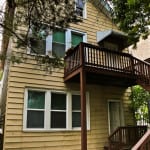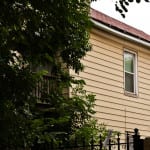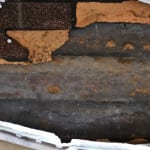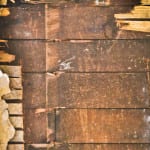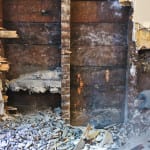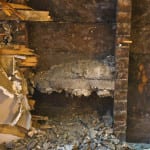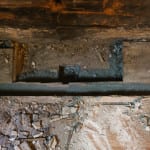more mid-20th century chicago framed wood cottages discovered - then wrecked
This entry was posted on September 4 2015 by Eric
in preparation for an intensive, systematic photoshoot of the exterior and interior of old st. patrick's church (1854), i came across a statement claiming that the church building is "one of a handful of structures remaining in the city that predate the 1871 great chicago fire." this erroneous and incredibly vague information was found in "chicago's famous buildings" authored by kevin harrington and franz schultze. what exactly does this mean? i would be interested to know how they arrived at a "handful" (whatever that means) of extant buildings constructed prior to 1871 in the city of chicago. there are other dangerously similar statements that proclaim only a small number of buildings remain standing that were constructed before 1871.
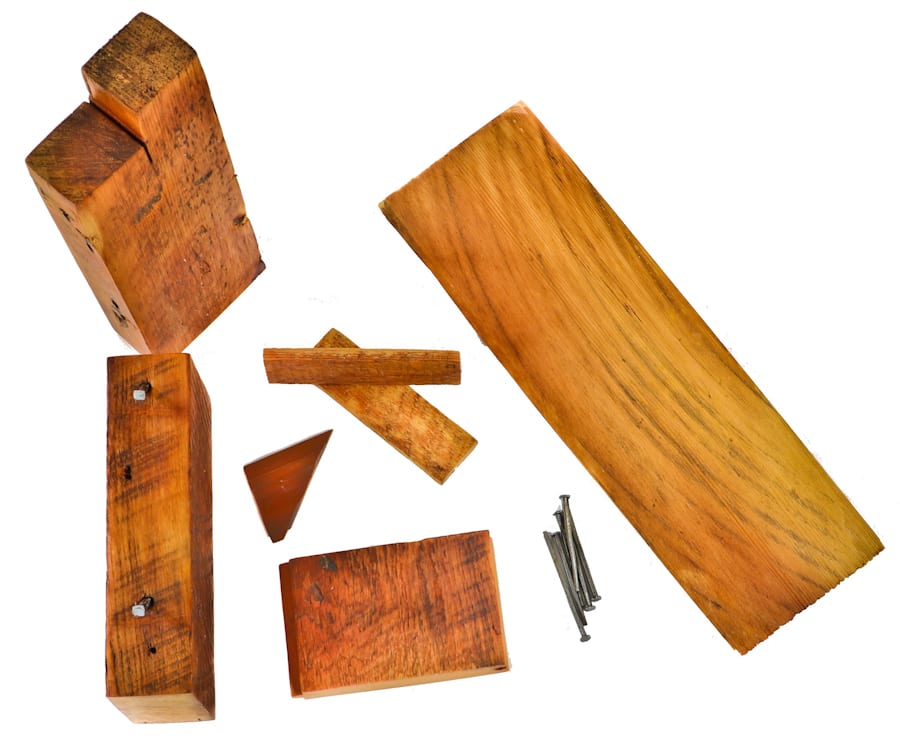
the utter lack of definitive data to support these claims makes it all the more important for me to address the fact that there are many more extant structures hiding in plain sight, albeit masked by seemingly endless remuddlings. i'm discovering more and more of these buildings, due in part to the demolition permits that control their fate. i cannot pinpoint exactly where the earliest of these structures were originally built, since my 1886 sanborn insurance maps don't "recognize" the existence of some of these structures (i.e., they do not appear on the lots they were relocated to). based primarily on consulting various maps and/or aerial views of the city taken at different points in time, i find that they were likely moved - possibly more than once. if i were to guess based on preliminary research, the earliest cottages were transported during the mid-19th century by logs and teams of oxen from an ever-developing downtown to a region of the near west side, as it was being parceled out by some of chicago's notable pioneers (e.g., ogden). the houses in my "study area" survived the great chicago fire because they were relocated west of halsted.
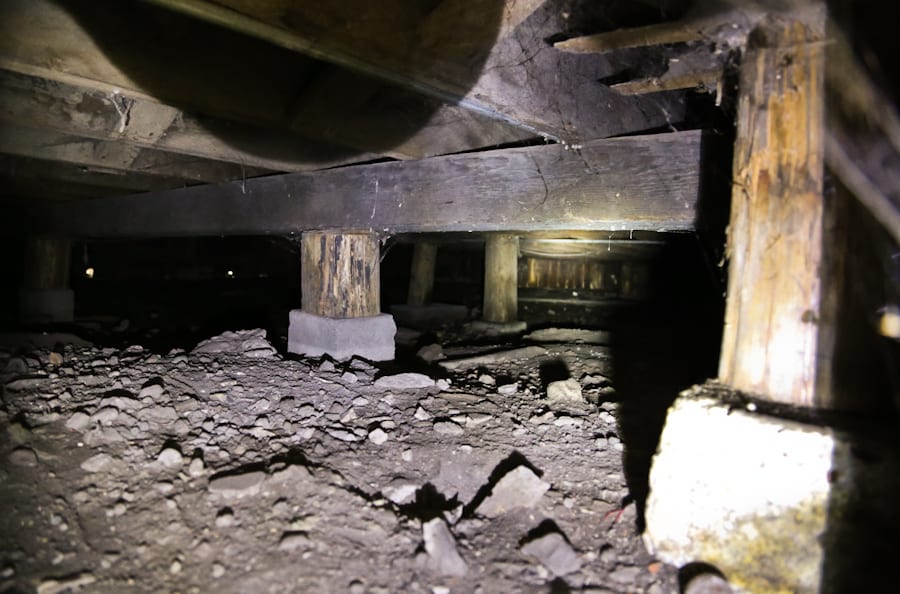
in terms of data gathering from building materials - made accessible when the wrecking crew arrives, there is a wealth of information that strongly suggest these small and mostly decrepit structures were constructed sometime between 1850-1870 (more on this in a future post). perhaps the most compelling evidence for dating these structures is found in the form of wall "insulation" that provides the much-needed "datestamp" to conclusively proclaim that this or that structure was constructed within the aforementioned time period. what and why insulation? within the past few months, i've identified five residences (since demolished) which contained some sort of ephemera (pre-dating the fire) nestled deep within their walls. i was particularly thrilled when in two of the structures i found paper and objects suggesting that the initial phase of construction took place only a decade after chicago became a city.
now i must admit, nearly all of these homes fail miserably at drawing the attention of those seeking architectural characteristics assigning them to a particular period in time. on the inside though, exposed only during demolition, the materials retrieved and documented are incredibly rich with information reflecting the building methods used at a time when machines and materials might be scarce or compromised. this may very well have forced experimentation and creative tinkering by carpenters on the jobsite. in addition, the materials from the earliest structures built within the city provide detailed insight into the earliest chicago "balloon frames," containing a unique and distinctive assemblage of beam and dimensional lumber hybridism.
for the architectural historians who specialize in 19th century building materials and methods revolving around the "balloon frame," the materials documented "in situ" and/or salvaged for study will no doubt prove invaluable. without these efforts, the material would otherwise go directly to the landfill and potentially crucial data serving to bridge the gaps would be lost. with that, i intend to capture as much of this material as demolition permits, to complement or contribute to existing research. most of all i hope to expel misinformation pertaining to the current thinking, and shed light on what pre-fire structure still exist.
- within the walls lie the true history and age of this 1850’s cottage – set to be demolished in the next few days
- peeling back the layers to expose the hand-planed clapboard
- tongue and groove sheathing
- a glimpse of the sill plate
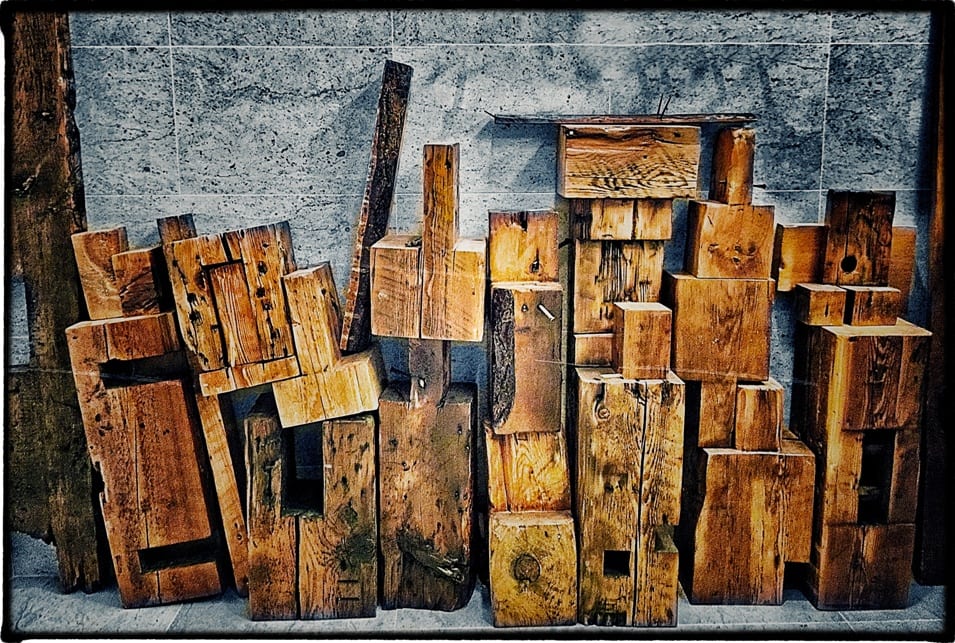
This entry was posted in , Miscellaneous, Salvages, Bldg. 51, New Products, Events & Announcements, New Acquisitions, Featured Posts & Bldg. 51 Feed on September 4 2015 by Eric
WORDLWIDE SHIPPING
If required, please contact an Urban Remains sales associate.
NEW PRODUCTS DAILY
Check back daily as we are constantly adding new products.
PREMIUM SUPPORT
We're here to help answer any question. Contact us anytime!
SALES & PROMOTIONS
Join our newsletter to get the latest information

